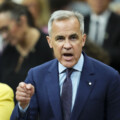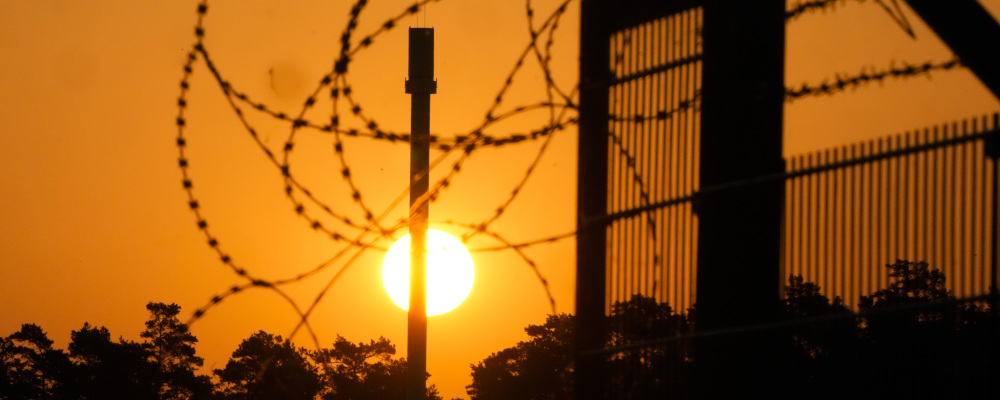The past several weeks has seen some dramatic shifts in the state of the Russian-Ukrainian war. After a summer that saw Russia take much of Donetsk and Luhansk in the east, Ukraine has executed a dramatic counter-offensive near Kherson and Kharkiv, retaking significant parts of its territory.
In response, Russian President Vladimir Putin has opted for a new approach to the war. His prospects to win a military victory in Ukraine under the present circumstances are limited. Western support has solidified Ukrainian armed forces to make any battlefield collapse unlikely. Furthermore, Western sanctions are increasingly taking serious bite out of Russia’s economic stability and ability to manufacture high-tech military hardware, meaning it cannot afford to sit in a stalemate indefinitely.
Denied his initial objectives of the complete conquest of Ukraine, Putin must salvage what he can, partly to avoid potential domestic fallout and threats to his regime’s stability. It is evident that Russia has recalibrated its policies in light of this new reality, guided by Putin’s understanding of his country’s political, economic and military situation.
The first step was its partial troop mobilization, largely an effort to stabilize the military situation in eastern Ukraine. Even before the war, the Russian Army faced serious manpower shortages, which were set to be exacerbated in the coming months, with tens of thousands of contract soldiers reaching terms and mustering out. Raising new units from mobilization, especially when comprised of poorly trained call-ups, is unlikely to create the conditions of victory. But it can frustrate further advances by Ukraine by sheer mass.
Mobilization entails significant risks for the regime. Since the start of the invasion, the Kremlin has carefully managed its domestic situation to husband its political support, which includes refraining from the deployment of conscripts and avoiding excessive casualties among units drawn more heavily from regions in western Russia.
The decision to mobilize is a crossing of the Rubicon, showing that the Kremlin understands its precarious military situation and judges it to be a greater threat than the domestic unrest its announcement has created. To be clear, however, military mobilization can only stanch the figurative flow of blood and it is not a path to victory. Rather Putin’s other decisions and statements are critical for finding a way out of this morass.
For example, the sham referendums in occupied Ukrainian territories would justify their annexation into Russia. This potentially sets up the terms for any future settlement between the warring parties. By claiming the territories currently under partial control, he has marked out a very large part of what a settlement would entail, while retaining them as bargaining leverage. Ukraine has already rejected such an outcome. This is certainly understandable, given the immense support it receives from the West and in light of its recent battlefield victories.
To achieve its aims, Russia must therefore break this alliance and force Kyiv to accept less. Before the invasion, Putin clearly viewed the West as weak and feckless, a view bolstered by his successful interventions and destabilization efforts internationally over the past two decades. While Western nations support for Ukraine has been extremely durable, Putin still seems to see the possibility that Russia can divide the current alliance supporting Ukraine.
The new strategy has been largely aimed at Germany. With the United Kingdom leaving the European Union, Berlin is now the preeminent power within Europe and the lynchpin of the European alliance supporting Ukraine. By peeling Germany from the united front, Putin likely hopes to force the Ukrainian government to moderate its demands and find a settlement. It would also provide political cover for Kremlin-friendly states within the EU, like Hungary, to openly advocate for pro-Russian positions.
Germany also has several vulnerabilities that can be exploited, not least the country’s reliance on Russian energy and its unique political sensitivities around its history. Finally, Putin has practical experience when it comes to dealing with Germany, going back to his time as a KGB officer in Dresden during the 1980s. As such, he likely feels an intrinsic understanding of the German situation that can help guide his strategy.
Whatever the case, Russia has sought to acquire as much leverage as possible. Russia’s most effective tool remains energy, having been wielded effectively for the past three decades. Germany is uniquely vulnerable to this challenge. Years of deliberate decisions on the country’s energy mix has left the country highly dependent on Russian gas supplies for electrical, heating and industry. While Berlin has made a commitment to phase out Russian energy sources by 2025, its supply situation for this coming winter is precarious and record prices threaten Germany’s economic and political stability.
Russia’s motivation to sabotage the Nord Stream pipelines may initially seem counterintuitive, but it clearly fits within this strategy. First, the destruction of Nord Stream does not prevent Russian gas from entering Europe. Sufficient capacity remains between the other pipelines: no gas has passed through Nord Stream since the end of August. Rather its destruction constrains Europe’s options to Putin’s benefit. Russia has also threatened to close gas pipelines through Ukraine over a legal dispute. European gas storage facilities are currently preparing for the winter, making it an ideal time to create an artificial supply crisis that forces governments to prematurely tap into these reserves. This may help create greater shortages in the winter months, driving prices even higher and thus increasing Russia’s leverage.
This limits Europe’s overall flexibility. Some of the existing pipeline capacity is currently being used in an eastward direction to supply Poland and Ukraine. By crippling Nord Stream, much of the remaining capacity must be devoted to westward deliveries to ensure western European states can satisfy their energy needs in the winter. This will further isolate Ukraine and cause greater harm to their economy and will to fight, while damaging overall European unity. It also obliquely signals to European policy-makers that Russia may attack key infrastructure in the future, thus coercing them to reduce their support of Ukraine.
The plausible deniability of the attack is consistent with Russian intelligence services efforts — from assassinations to cyber warfare. While the intended targets clearly understand the message delivered, pro-Russian voices in the West can use it to support their subversive efforts, such as Tucker Carlson’s claim that the Biden administration was behind the pipeline attacks, based on the loose interpretation of a previous speech.
Even more concerning has been the repetitive and premature invocation of the potential use of nuclear weapons to defend Russian territory. Such threats seem hollow in practice. Ukrainian forces have repeatedly struck in depth against targets in Millerovo, Belgorod and Crimea, considered by Russia to be part of its territory, and yet produced no noticeable escalation in response. However, the threatening language has particular resonance in German politics, considering the country’s aversion towards nuclear power and weaponry, particularly within the ruling coalition. The direct threats and the fighting around Zaporizhzhia nuclear power plants can be seen as an effort to influence the German people and cow them into submission.
We must be clear-eyed about the prospects of this new Russian strategy — this is far from a winning hand. Having badly misjudged Ukraine and the West’s ability to contest this invasion, Putin has made a number of large assumptions and bet heavily on them. For Russia to succeed it requires a dramatic reversal in German, European and Ukrainian policies, while staving off domestic unrest from crippling sanctions and an unpopular military mobilization.
While Putin’s chances of pulling off this gambit successfully are slim, the West must not be complacent: it must adapt. Certainly, it cannot match the bare-knuckled realpolitik that Putin has engaged in, but should rather rely on their natural strengths in this conflict — specifically, overwhelming economic and military power, free and open societies that are highly motivated to support Ukraine, and the ability to develop creative solutions to difficult problems.
If Europe can weather this winter while maintaining or even expanding its support for Ukraine, it will be in a much better place to see this war to a successful conclusion.
Recommended for You
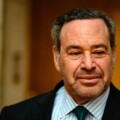
‘You have to meet bullying with counter-bullying’: David Frum on how Canada can push back against Trump’s trade negotiation tactics
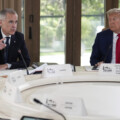
Need to Know: Mark Carney’s digital services tax disaster

Sean Speer: Investing in critical minerals isn’t just good business, it’s a national security imperative
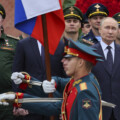
‘Putin has no intention of stopping this war’: Sir Bill Browder on three years of war in Ukraine and how Russia is evading sanctions
